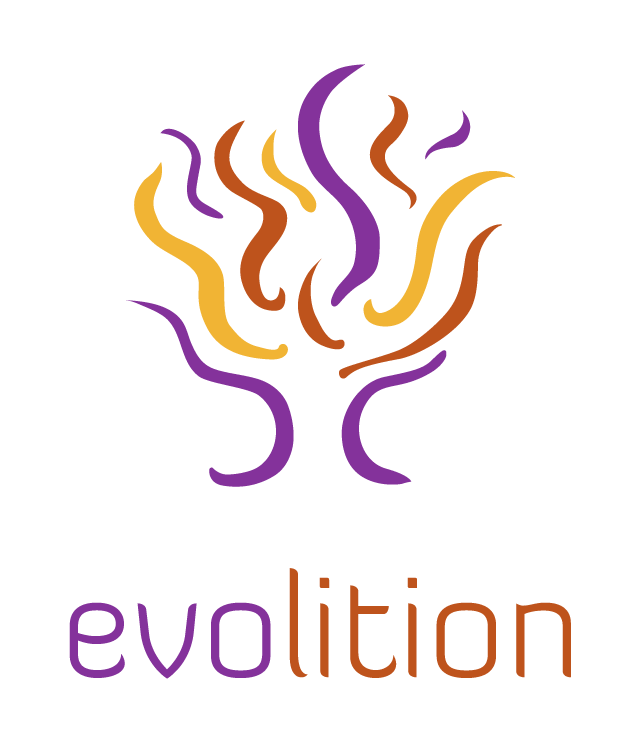As we age, energy becomes an increasingly precious commodity. In his Teachings From the Source, François Raoult shared his personal daily practice, which, to my surprise, included only one standing pose. The standing poses are the most basic and important poses to master, but, one mastered, he said, visit them, but do not expend too much energy there. Retain your skills and your accomplishments, but also your energy, so that you may concentrate on other things.
Conserving energy, so that it remains abundant and balanced, is worth work and focus all on its own.
But how do we do this?
Yoga sees the body as multidimensional, composed of koshsas, or sheaths. In a very simple way, you can consider these layers:
Our society places a great deal of emphasis on developing our mental and physical bodies, but we don’t receive much cultural context or education about our energetic bodies. We may have concepts about mystical energy fields, auras, or the like that seem crazy, mysterious, or inaccessible to us.
But the energy body isn’t a mysterious thing. Here are some concrete ways to perceive your energy body right now:
The first step in conserving our energy is paying attention to our energy bodies. Much in the same way that we ask ourselves how do I feel and what do I need when practicing Nonviolent Self-Talk, observing our energy throughout the day is an excellent way to develop energy awareness. And once we are more aware, we can deepen our inquiry:
This is a fascinating tidbit from my recent study of the human nervous system:
The tone of our nervous system (tired, anxious, relaxed and alert, etc) determines how we perceive our reality.
During low energy times, you may find that you have more pessimistic thoughts or have trouble tapping into your creativity. When you are anxious, you may have unrealistic expectations of yourself, feel unsafe, or engage in negative self-talk. Maintaining a positive, balanced state of mind (and making healthy lifestyle choices) is much better done when our energy is balanced, flowing, and abundant.
Now that we have developed a better understanding of our energy bodies and what impacts them, we can begin to experiment.
My own explorations on this topic have led me to make a number of changes. I notice that there’s often a point in the day when I cross a line between work feeding me and work draining me. When I find myself coming close to that line, if I can steal 10 minutes and put my legs up a wall or on a chair, it makes a big difference.
Taking 30 minutes to each lunch in the middle of the day does more than fuel my body—it helps me recharge my batteries. Likewise, marking the transition from work to parenting, day to afternoon/evening, with a shower/bath/change of clothes/short nap helps me be a more present mom and partner.
Sometimes this inquiry can illuminate the need for bigger changes that are not so easily resolved. For example, you may realize that there’s something in your work environment or your marriage that is draining and there’s no way to offset it. Nonviolent Self-Talk comes in very handy in situations like this.
You may find that you have two competing needs, like a need to retain energy versus a need to succeed in your job or a need for equity in getting the housework done versus a need to live peacefully with your spouse. There is a reason why you chose your current course of action. Once you get in touch with your needs, you can discern if your current course of action is truly serving the greatest need.
If so, it’s time to make space to mourn the needs that you are choosing not to meet right now—which requires you to fully acknowledge and feel the sadness, anger, disappointment, frustration, etc that you may be avoiding. Only then can you reside in peace and purpose about your decisions.
Other times, you may need to reclaim your boundaries. Perhaps you are giving too much to someone else—or your job—and you need to reset some expectations. For example, my children strongly dislike running errands, but some days I just don’t have the energy to drop them off at home before going to the grocery store. There are many times when I want to run over the end of a session with a client or accommodate someone running late, but, knowing that this will diminish the energy I have to move into the evening, I stick to my schedule.
In much the same way that getting enough activity and eating well help to maintain our health, energy conservation helps us live more enjoyable and fulfilling lives. Energy awareness is a skill, like any other. Not mastered in a day but slowly cultivated, like emotional intelligence and physical strength. Years ago, I had a Teacher remark to me that he can’t remember ever running out of energy—and he was a good 20 years older than me, at least! While I’m not sure that kind of boundless energy is a reasonable goal for all of us, certainly we can improve the quality of our lives by observing and tending to our energy bodies.





